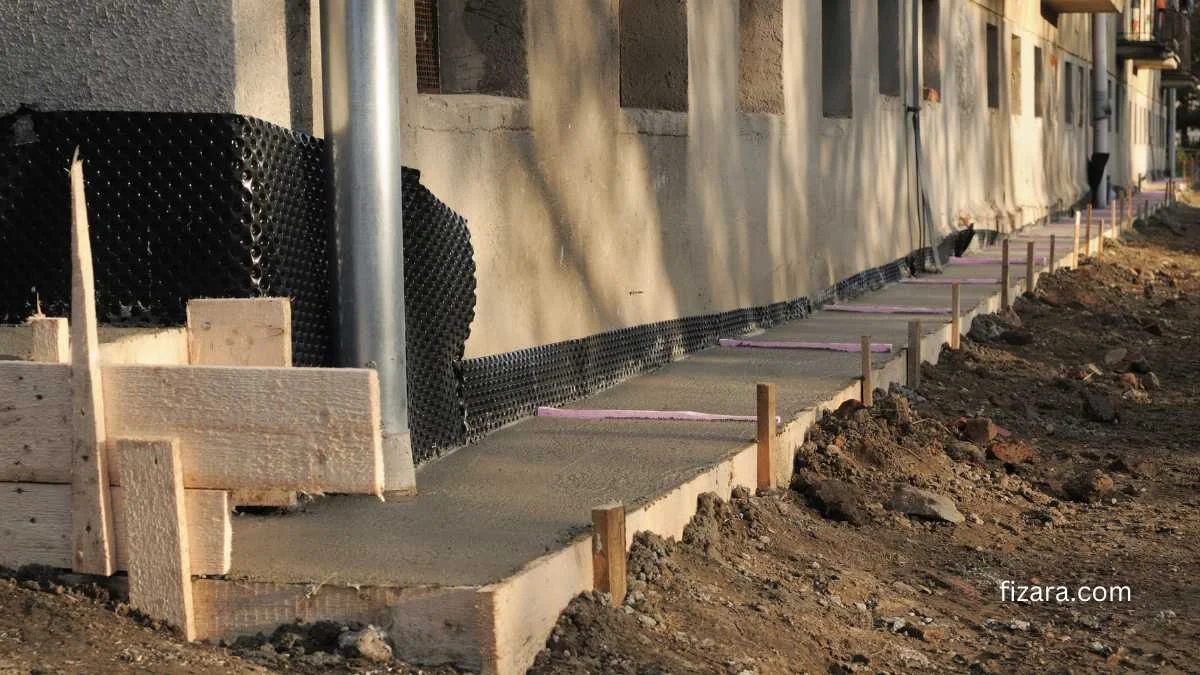Damp-proofing is integral to the improved protection and preservation of homes and properties. It’s a technique employed to prevent water infiltration and avoid dampness.
This is done by applying a waterproof membrane on walls and floors of the basement or areas beneath floor level, creating a barrier against external moisture.
Under normal conditions, your damp proofing is expected to last between 10 and 20 years, but there are cases of failure and short-lived damp proof courses. The question here is why? With such an intricate system in place, what could cause it to fail and not live up to the demands of home protection?
Signs of a Failing Damp Proof Course
Before looking for the cause of the problem, it’s essential to know when your damp-proof course has started failing. You don’t have to wait till your basement is flooded before concluding that your damp proofing isn’t working. Here are the common signs:
- Wallpaper peels
- Decaying skirting boards
- Dampness on walls and floors
- Salt deposits
- Mould and mildew growths
- Yellow or brown-like stains
- Powdery paint that peels off
When you notice any of the above, it indicates that your damp proof course has been compromised and calls for immediate fixing by trusted London Damp Solutions companies.
Reasons for a Failing Damp Proof Cause
1. Rushed Installation
The steps involved in the damp proofing process are crucial and need to be carried out efficiently. Rushing the process will lead to issues such as the liquid in the walls failing to dry and incomplete removal of contaminated plasters. When those problems occur, further moisture will be attracted, and the course will start to fail.
2. Substandard Installation Materials
When the right materials and tools are not implemented in damp proofing, a poor course is developed, and its resistance to moisture and dampness is significantly reduced. For instance, using concrete or bricks with voids between them makes it easier for water infiltration to occur through those voids.
3. Deterioration
The materials used in damp proofing aren’t ever-lasting. Bitumen, plastic, and tin have their lifespans, and when combined with the constant blockage of moisture, it’s only a matter of time before wear-and-tear comes into play. Excess moisture is also a factor that speeds up deterioration and causes damp proofing failure.
4. Bridging
This occurs when water or moisture rises above the damp proofing course. It results from factors such as heavy rain, poor gutter systems that leak water into your home, or when your damp-proofing level is lower than the external floor level. Bridging leads to increased moisture, causing the walls to become oversaturated and start wearing off.
5. Leaking Pipes
Old and corroded pipes will develop issues like holes within them, and when that happens, water from those pipes will seep through walls and speed up damage to the damp proofing course.
Bottom Line
The success or failure of damp proofing courses is heavily dependent on the quality of the installation process. That includes using the best-grade materials, employing skilled professionals, and regular maintenance. To prevent damp proofing failure, you must provide your property with effective waterproofing systems.









